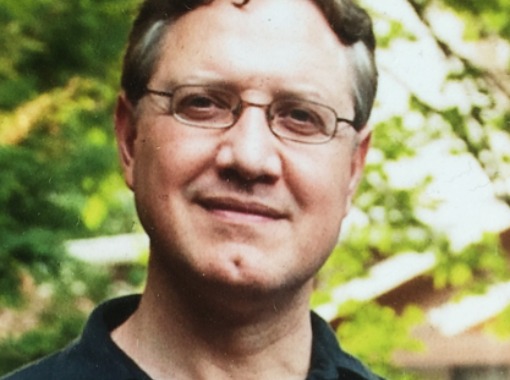Fyrirlestur Lífvísindaseturs - How nuclear architecture regulates transcription

Fróði fyrirlestrarsalur að Sturlugötu 8
Fyrirlestur Lífvísindaseturs-GPMLS : Mánudag 16. april kl. 12:00 í Fróða fyrirlestrarsal að Sturlugötu 8
Fyrirlesari: Dr. Rafael Casellas, Lymphocyte Nuclear Biology, National Institutes of Health, Bethesda, USA.
Titill: How nuclear architecture regulates transcription
Útdráttur: Various models have been put forward to explain the role of topology in gene expression. In the 1980s, the lac repressor was proposed to tether distantly located repressor sequences by DNA looping. This same mechanism later explained transcriptional activation in mammalian cells, where PolII, Mediator and transcription factors bridge regulatory elements separated by vast distances. However, in Hi-C data very few promoters and enhancers associate by such direct point-to-point interactions, indicating this may not be the dominant mechanism underlying functional interactions in mammalian cells. Based on our recent publications as well as unpublished data, the seminar will discuss two mechanisms whereby nuclear topology facilitates gene expression in higher organisms.
Stutt ferilskrá: Rafael Casellas received his Ph.D. under Michel Nussenzweig at the Rockefeller University in 2002. His thesis explored the role of immunoglobulin gene transcription and recombination in the establishment of B cell tolerance and activation. From 2002 to 2003 he did postdoctoral training with David Baltimore at Caltech. In December 2003, Rafael moved to the NIH to create the laboratory of Lymphocyte Nuclear Biology, where he is currently a senior investigator and branch chief.
The lab studies how nuclear events drive early development and peripheral activation of B cells. Their key findings include the discovery that transcription is shut down by DNA repair pathways to prevent RNA polymerases from interfering with the repair process. They also uncovered the process of transcriptome amplification, whereby the transcription program of G0 B cells is amplified ~10 fold as they enter the cell cycle during the immune response. Rafael’s lab also resolved a long-standing question about the origin of chromosomal translocations in B cell tumors by showing that translocating oncogenes are direct targets of the immunoglobulin gene mutator AID. Latter on they demonstrated that AID is recruited by super-enhancers to those oncogenes. Another key finding was that genes expressed in most tissues (e.g. Myc, Pim1) often change their entire enhancer repertoire during development, leading to differential promoter activity.
Rafael has organized several intramural-extramural collaborative projects. In 2011, he established the NIH Mouse Regulome Project, a program that seeks to elucidate how gene expression is regulated in the mouse genome using Hi-C, genome editing, genomics, and nanoscopy. Currently, his laboratory is part of the NIH 4D Nucleome Project, which explores the role of nuclear architecture in development.
Dr. Rafael Casellas



